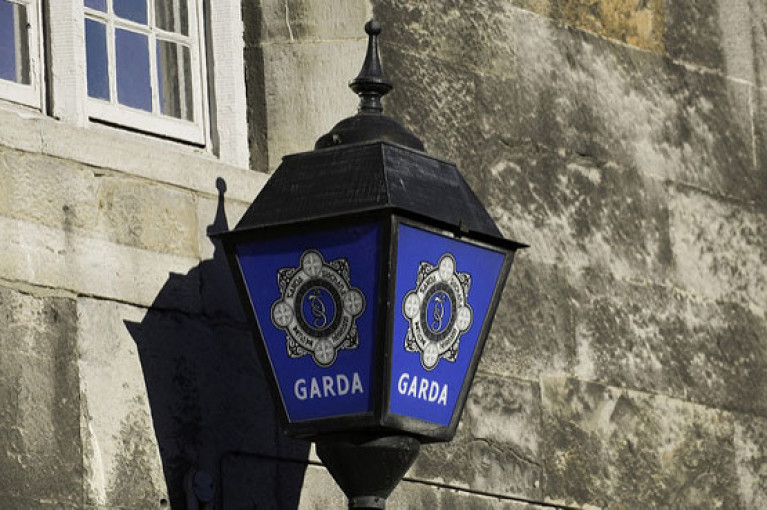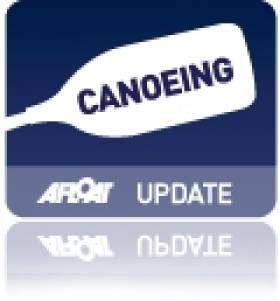Displaying items by tag: Leixlip
Fish Kill Confirmed on River Rye in Leixlip
Inland Fisheries Ireland (IFI) says it is investigating a serious fish kill incident at the River Rye in Leixlip, Co Kildare.
Environmental and fisheries officers from the Eastern River Basin District in Dublin were alerted to the incident on the evening of Wednesday 8 June.
Water and fish samples were taken from the scene and removed for scientific analysis at an independent laboratory.
IFI estimates that there could be in excess of 500 mortalities of brown trout plus other fish species in the impacted area covering approximately 2km of river.
Investigations are ongoing and IFI, the State agency responsible for the protection and conservation of freshwater fish and habitats, says it is not in a position to comment on the cause of the fish kill at this stage, pending further analysis of samples taken.
The River Rye (or Ryewater) is an important spawning river for brown trout and a key spawning channel for a highly sensitive population of Atlantic salmon within the River Liffey catchment area.
To report fish kills, members of the public are encouraged to call IFI’s confidential 24-hour hotline number on 0818 34 74 24.
Boat Owners Fear Repair Man Has Fled With Their Deposits
Gardai say they are investigating complaints made about a Mullingar-based sailmaker who boat owners claim has left them out of pocket, as the Sunday Times reports.
Leixlip narrowboat owner Alex O’Fhailgigh says he paid a €1,000 deposit to Dillon Oberholzer — operating Irish Marine Canvas under the name Dillon Francis — for work on his canal vessel that was not carried out.
He and fellow Leixlip boat owner Paddy Masterson claim they paid deposits on €2,000 worth of repair work nearly two months ago.
But they grew concerned earlier this month when their calls to check on progress went to voicemail and there was no response to emails.
O’Fhailgigh then discovered online that Oberholzer, originally from South Africa, was previously based in the United States where he is reported wanted by the FBI for a string of suspected fraud offences connected to his sail repair businesses.
The Sunday Times has more on the story HERE.
When a Novice Paddler Takes On the Liffey Descent
The Irish Times' Conor Pope jumped in at the deep end when he took part in his first Liffey Descent last weekend (VIDEO BELOW).
The first-time canoeist faced his many fears to tackle the challenging course from the K Club in Kildare to Islandbridge as part of a three-man Canadian canoe.
That is, provided they got past the first weir at Straffan, where 60% of competitors take a tumble.
Pope writes: "As we approach its edge, the foaming white water’s roar barely manages to drown out the roars of hundreds of paddlers who’ve already succumbed to its fury."
Surviving that, the trio ploughed through the wodded stretch known as 'the jungle' before avoiding a smash into the wall at Leixlip dam.
From then on in the water flows faster towards the Wren's Nest, and the stuff of nightmares for the novist paddler!
Read more about Conor Pope's adventures on the Liffey Descent HERE.






























































